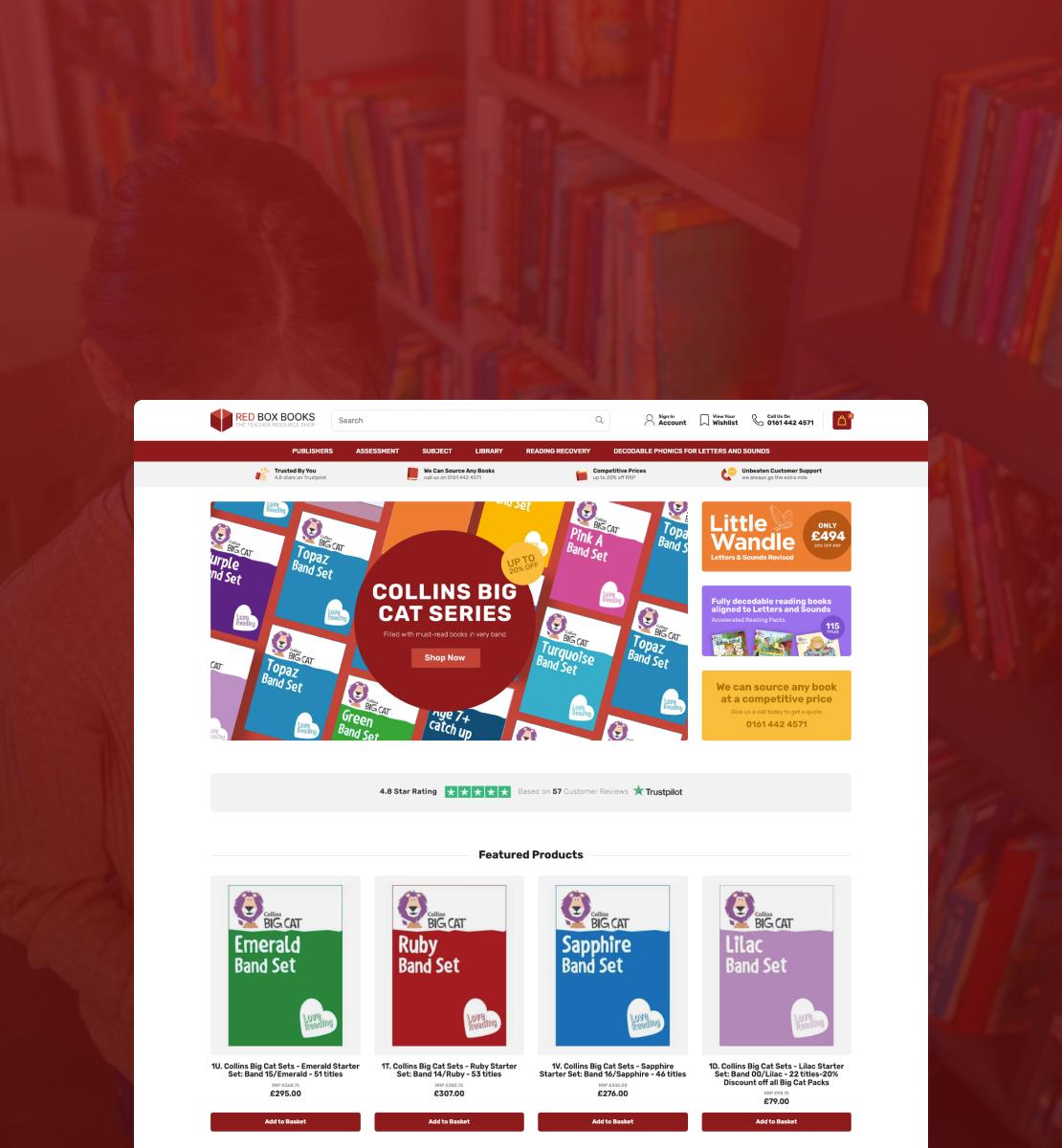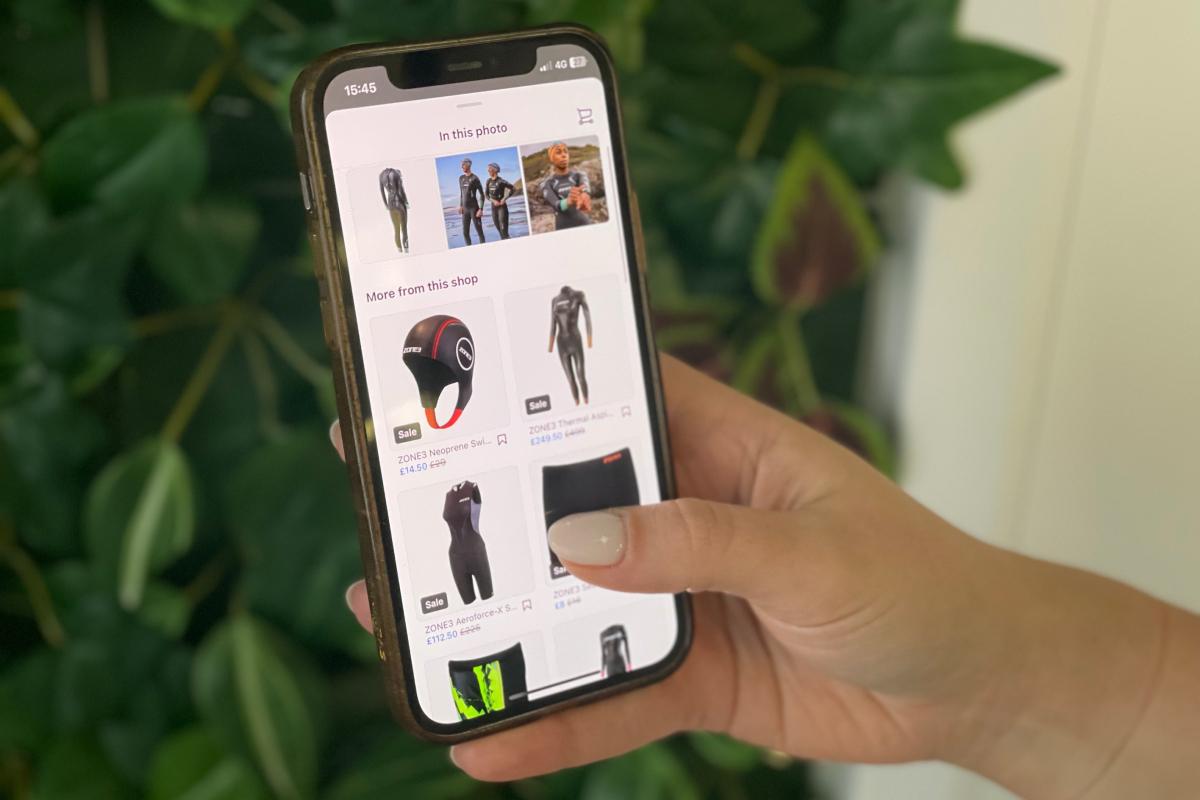Encouraging sales and gaining customer loyalty is the aim of the ecommerce game!
When it comes to driving sales and customer loyalty for your ecommerce brand, there are hundreds of strategies and tools out there to help you succeed. However, a key element that is often overlooked is the importance of your website’s messaging. Whether you’re writing a product description, announcement banner or a blog post, your tone-of-voice and messaging will either make or break your results. We’re here to help you get to grips with the do’s and don’ts of ecommerce messaging and offer some helpful tips that will help you drive sales and increase customer loyalty. Without further ado, let’s dive in!
Conversational messaging
Firstly, conversational messaging is a content strategy underpinned by making a brand feel ‘human’ and is driven by colloquial, engaging dialogue. Instead of telling customers directly why your product or brand is the best, conversational messaging nurtures leads in two-way conversation and as a result, converts them into buyers. This style of messaging plays on the fact that most consumers want to feel a sense of familiarity and trust with brands they interact with and often, these types of connections are formed through conversations with friends and family. By mirroring this style of communication, brands instantly foster a connection with their audience and build long-lasting relationships built on trust.
Rule of 3
If you haven’t heard of the rule of 3, we’re about to change your world! The key with this messaging technique is to always stick to 3 main benefits, even when you believe your product offers hundreds of benefits. This rule is based on in-depth research that discovered that 3 is the optimal number of claims a brand can make without customers becoming suspicious. 3 benefits is enough to build trust and demonstrate credibility yet it is not too many that it begins to make customers skeptical. So, next time you come to write a blog post about your newest launch or update an existing product description, keep this in mind and we’re sure it’ll do wonders for your conversion rate!
The power of storytelling
Storytelling is one of the most powerful communication tools around. Not only does storytelling help to build robust relationships with customers by allowing them to resonate with your brand story, 55% of consumers are more likely to purchase a product if they like the brand story behind it. To put it simply, humans love stories. We’ve been telling and listening to stories since the dawn of time, that’s why it doesn’t feel like a sales strategy and can be extremely an extremely lucrative marketing strategy for your ecommerce brand. If you’re not already utilising storytelling within your ecommerce messaging, what are you waiting for?
While storytelling might sound daunting if you’re not a Sunday Time’s Bestseller, we’re here to reassure you that anyone can tell a great story, you may just need to follow our top tips! Firstly, if you haven’t already got a narrative surrounding your brand or product, you need to get your thinking cap on. The key here is to ensure that you don’t just tell your audience why your product is the best, you build your story around it and prove its success within a storytelling context.
Multiple call-to-actions
When it comes to driving conversions on product pages, the content you include within your call-to-action buttons can have a significant impact. According to recent research, encouraging bulk purchases of particular products by changing the messaging to ‘Buy 1, Buy 2, Buy 3’ and so on, as opposed to ‘Add to cart’, is proven to increase sales by a staggering 28%. This is because your messaging is cleverly changing a consumers thinking away from ‘Should I buy this?’ or ‘Do I need this?’ to ‘How many should I buy?’ Highlighting how powerful messaging can be when it comes to ecommerce.
Target your ideal audience
While this may sound completely obvious, it doesn’t make it any less important to reiterate. Ensuring that your tone-of-voice matches your ideal audience and speaks their language is paramount to success. What you certainly don’t want to do is try to be everything to everyone as this will dilute your messaging and result in no sales. Instead, really hone in on your desired audience, get accustomed to their idiosyncrasies, use the phrases and emojis that they would text to a friend, write as if you’re already close and ensure that your language resonates with their aspirations.
Personalised messaging
Carrying on from conversational messaging that targets your ideal audience, utilising personalisation throughout your messaging is another great tactic that can take customers across the finish line to your checkout. The best way to do this is by categorising customers into segments and adapting phraseology and colloquial language to suit the exact audience you’re targeting. If you have the capability to do so, adding dynamic fields that adapt to a user’s name or previous product preferences is another great way of directly communicating with a customer and encouraging them to commit to a purchase.
And there we have it! Our top tips for writing ecommerce content that converts. If you need a helping hand getting started, need a content marketing strategy or even help with keyword research, don’t hesitate to get in touch and we’ll be more than happy to help!









